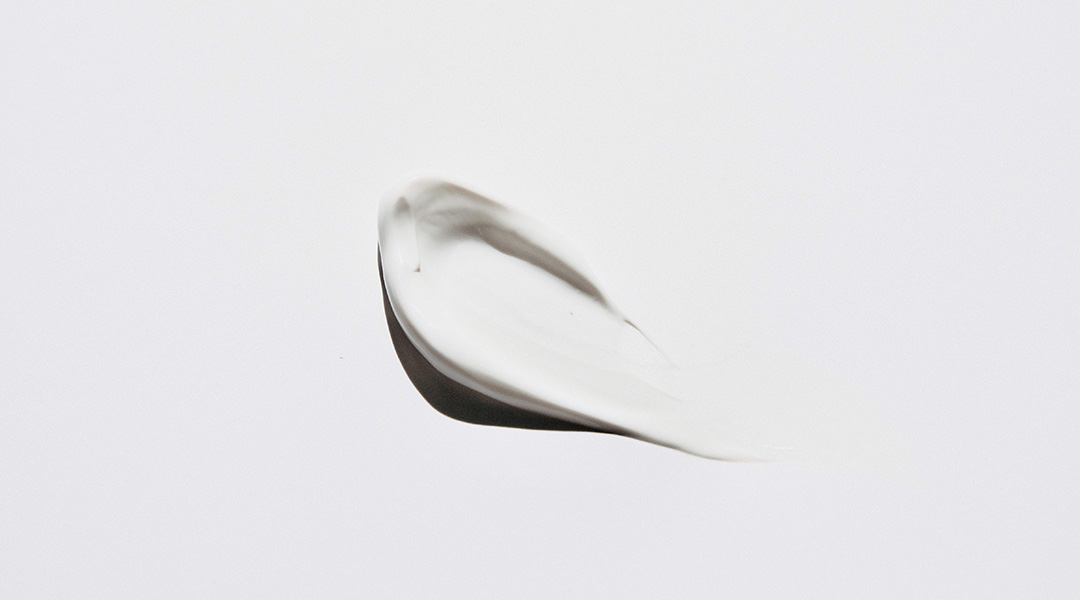Plant-derived compounds offer enticing skincare benefits, but their stability in product formulations is not guaranteed. Some decompose when exposed to sunlight or heat, limiting their effectiveness as active ingredients in sunscreens and cosmetics.
To overcome this issue, researchers have devised a strategy which they tested on hydroxy-α-sanshool, a natural product derived from Zanthoxylum bungeanum — a plant species found in Asia. Commonly referred to as sanshool, its strong, peppery flavor lends itself to cooking, and its anti-inflammatory and pain-relieving effects have established it as a traditional herbal medicine.
Sanshool also absorbs UV light, making it a promising sunscreen ingredient. However, the compound contains long-chain unsaturated fatty acids in its chemical structure, which make it susceptible to degradation and limit its application in skincare.
Stabilizing sanschool with polyphenols
To bolster sanshool, the research team enlisted the help of molecules called polyphenols, which are antioxidants found in plants. “The main role of polyphenols is to act as a stabilizer, [providing] multiple interactions to stabilize the antioxidative and anti-ultraviolet properties of sanshool for improved application potential,” explained Zhipeng Gu, a professor at Sichuan University’s College of Polymer Science and Engineering.
“Nanoparticles were formed by the molecular aggregate derived from [these] chemical and physical interactions,“ Gu continued. “The nanoparticles were synthesized via supramolecular self-assembly by adding sanshool to aqueous solutions of polyphenols. The selected polyphenols included epigallocatechin gallate [which is abundant in green tea], tea polyphenol, and grapeseed polyphenol, which are easily obtained in daily life.”
To screen the sun protection performance of the polyphenol–sanshool nanoparticles, the researchers tested their ability to absorb UV radiation. When irradiated with simulated sunlight for two hours, the nanoparticles based on epigallocatechin gallate and tea polyphenols retained around 90% of their UV-absorbance ability — much better than naked sanshool, which retained only 50%. Even after five days, the nanoparticle solution offered over 80% UV protection.
The researchers also assessed the polyphenol–sanshool nanoparticles’ antioxidative power — how well they could scavenge cell-damaging free radicals, which is essential for sun protection. When they left the nanoparticles outdoors for up to five days, they found that free radicals were effectively scavenged over the entire period. Sanshool, on the other hand, lost this ability over time.
Testing the nanoparticle formulation
Although these initials results were promising, the biocompatibility of the polyphenol–sanshool nanoparticles with actual human skin also needed to be assessed. To do this, Gu and his team cultured human skin cells and treated them with varying concentrations of the polyphenol–sanshool nanoparticles.
To measure the cell viability, they used a cell counting kit that correlates the production of a dye called formazan with the amount of living cells in the culture. According to the results, the skin cells had a viability of over 80% when the nanoparticles were applied at optimal concentrations, while the viability of the cells treated with naked sanshool was lower.
“The selected polyphenols have more than one catechol in their molecular structures, which could bind modified sanshool molecules through borate esterification interactions,“ Gu elaborated. Electrospray ionization mass spectrometry, a technique used to determine the composition of a substance, confirmed the high content of sanshool in the nanoparticles.
When exposed to UV radiation, the cells treated with the epigallocatechin gallate-based nanoparticles fared the best in terms of UV protection and free radical damage. The researchers partially attributed this to the higher purity of epigallocatechin gallate, as the tea and grapeseed polyphenols contain mixed phenolic building blocks.
The effectiveness of the polyphenol–sanshool nanoparticles was also evident in a mouse model. When exposed to UV radiation, skin thickens and collagen fibers are destroyed. Although naked sanshool offered some protection to UVB radiation, skin treated with the polyphenol–sanshool nanoparticles was clearly in better condition, particularly the skin treated with the epigallocatechin gallate-based nanoparticles.
The polyphenol–sanshool nanoparticles and their preparation process currently have a few drawbacks. For one, Zanthoxylum species are known for their potent odor, which might deter consumers. “The yields of the polyphenol–sanshool nanoparticles are [also] still unsatisfactory, and the unfriendly smell presents a significant challenge in product formulations,” Gu revealed.
“We are currently exploring optimized strategies to meet the demands of industrial production, and introducing more interactions to control the smell of sanshool,” he concluded.
Reference: Zhipeng Gu, Xian Jiang, et al. Polyphenolic Platform Ameliorated Sanshool for Skin Photoprotection, Advanced Science (2024). DOI: 10.1002/advs.202310012
Feature image credit: Jocelyn Morales on Unsplash

















